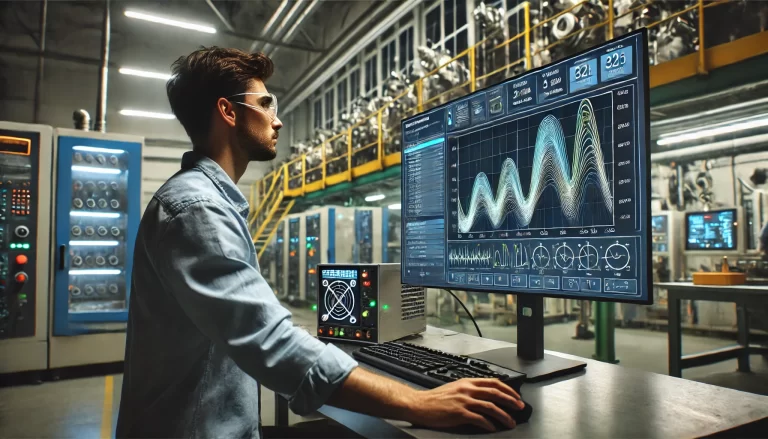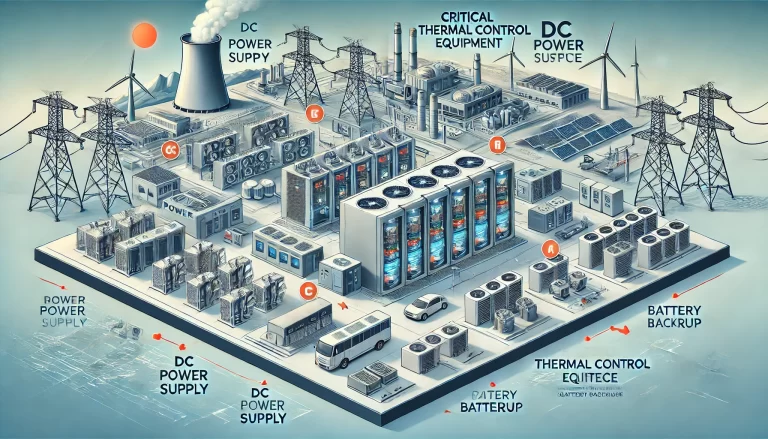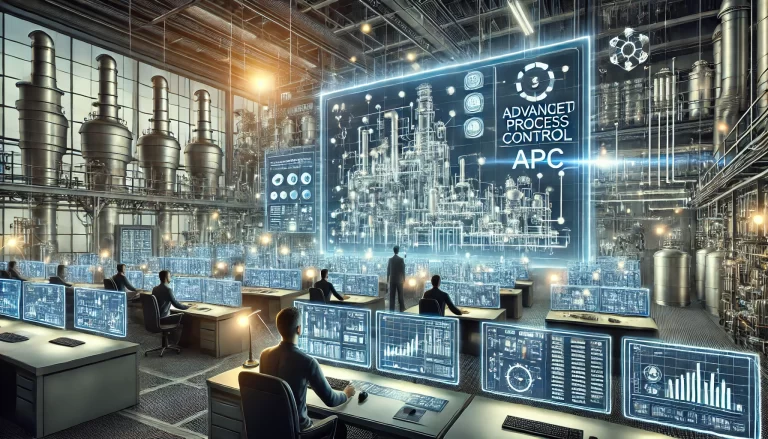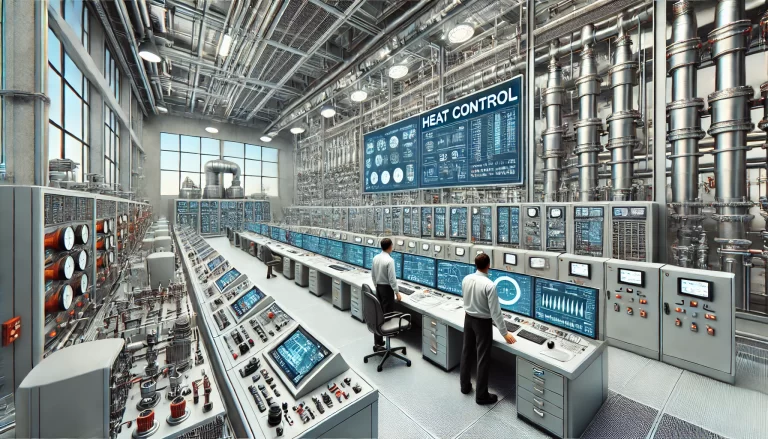In the fields of electronics and engineering, analog and digital signals are fundamental in various systems. Understanding the differences between these two types of signals and their respective applications is crucial in the design, operation, and maintenance of industrial control and automation systems.

1. Definitions of Analog and Digital Signals
Analog Signals
An analog signal is a continuous signal that can represent a wide range of values within a given range. It changes smoothly over time and can take any value within its limits. Common examples of analog signals include:
- Temperature: 0~500°C
- Pressure: 0~16 MPa
- Liquid Level: 1~10 meters
- Speed: 10~100 m/s
- Voltage: 0~10V
- Current: 0~20 mA
These signals can precisely reflect continuous changes in physical quantities, providing detailed data about the system being measured. Analog signals are essential in systems where fine control and accurate measurements of variables are required.
Digital (Switching) Signals
A digital signal is discrete, meaning it only takes on one of two possible states: “on” or “off” (1 or 0). This binary state makes it suitable for simple control applications where the signal merely indicates whether something is in an active or inactive state.
Common examples of digital signals include:
- The open or closed state of a switch
- The open or closed state of a relay
- The on or off state of an electromagnetic valve
Digital signals are ideal for straightforward, on/off control applications, but they cannot capture the nuances of continuous changes in a physical quantity.

2. Processing of Analog Signals
The processing of an analog signal typically follows a sequence of stages, each designed to convert or transmit the signal in a way that is suitable for automated systems like PLCs (Programmable Logic Controllers).
The typical signal processing flow is as follows:
- Sensor → Transmitter → Analog Input Module → PLC (Controller)
Sensors
Sensors detect physical quantities, such as temperature, pressure, or liquid level, and convert them into electrical signals. These signals are often either voltage or current-based. Sensors are the first step in measuring real-world phenomena and providing electrical signals for further processing.
Transmitters
Transmitters take the sensor’s output, which might be in the form of a non-electrical signal (e.g., a mechanical movement or pressure change), and convert it into an electrical signal. The transmitted signal is usually either a voltage or current, depending on the nature of the system.
Analog Input Module
The analog signal from the transmitter is sent to the Analog Input Module, which is connected to the PLC. This module converts the continuous electrical signal into a digital form that the PLC can process.
PLC
Once the PLC receives the converted signal, it processes the data and executes control actions accordingly. Based on the analog signal received from the sensor, the PLC can take actions such as adjusting a valve, turning on a pump, or activating an alarm.

3. Common Types of Transmitters
Different physical quantities require specific sensors and transmitters to detect and convert them into electrical signals. Some of the most common types of transmitters include:
- Temperature Transmitters
- Pressure Transmitters
- Flow Transmitters
- Current Transmitters
- Voltage Transmitters
These transmitters are used extensively in industrial automation systems to convert various physical signals into standardized electrical outputs for further processing.

4. Current vs. Voltage Signals: A Comparison
When transmitting analog signals, both current and voltage signals are commonly used. However, there are distinct differences between the two, especially in terms of their ability to withstand interference and their reliability in industrial environments.
Immunity to Interference
Current Signals: These are often preferred in industrial settings due to their superior ability to resist interference. Electrical noise in industrial environments can significantly affect voltage-based signals, but current-based signals are less likely to be distorted by such interference.
Voltage Signals: While voltage signals are used in many applications, they are more susceptible to noise, especially over long distances. In environments with significant electrical interference, current signals offer a more reliable means of transmitting data without introducing errors.
Minimum Signal Values
Current Signals: A key advantage of current signals is that they can be set to a minimum value of 4 mA, which helps in diagnosing wiring issues. If the signal falls below 4 mA, it indicates a fault, such as a disconnection. In contrast, a minimum of 0 mA would make it impossible to detect a wire breakage.
Voltage Signals: While voltage signals may work well in certain scenarios, they do not offer the same level of diagnostic capability for wiring faults as current signals do.
Due to these benefits, current signals, often using the 4-20 mA range, are widely adopted in industrial control systems. This range offers strong resistance to interference while simultaneously enabling real-time diagnostics.

5. Conclusion
Analog and digital signals play critical roles in industrial control systems, each with distinct advantages depending on the application. Analog signals provide a continuous representation of physical quantities, making them indispensable for systems that require fine-tuned control. Digital signals, on the other hand, are ideal for simple on/off control tasks.
The processing of analog signals typically involves a sensor, transmitter, input module, and PLC. By understanding the differences between current and voltage signals, engineers can make more informed decisions about which type of signal is best suited for their specific industrial applications. Given their superior noise immunity and diagnostic capabilities, current signals (4-20 mA) are often preferred in complex control systems.
In summary, both signal types are essential for different purposes in automation, and selecting the appropriate one is vital for ensuring the efficiency and accuracy of control systems.
